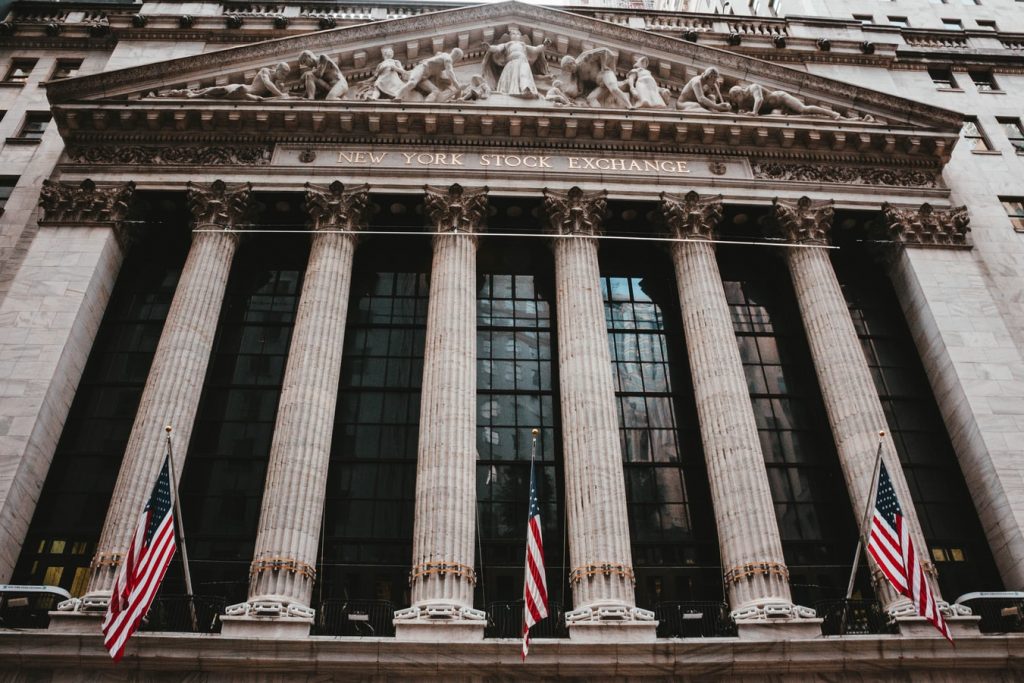
By Christopher Faille, contributor, Alternatives Watch
The pool of one sort of “traditional” assets – the stocks of publicly listed U.S.-based companies – is shrinking.
Companies that once would have gone public are staying private. According to a recent report by Morgan Stanley Asset Management, Public to Private Equity in the United States: A Long-Term Look, young companies have a less voracious appetite for public capital than they used to, and the capital-raising needs they do have can be satisfied privately, so they elect to “stay private longer than did the companies of prior generations.”
Concomitantly, institutional investors are more willing to allot their money to private equity, less interested in the public markets.
For example, in 1985, roughly 65% of Yale University’s endowment was allocated to U.S. public equities. There was no allocation to private equity. That was the year David Swensen became the endowment’s chief investment officer. Swensen is still there, and today because he has captained that endowment, U.S. public equities, bonds, and cash are together less than 10% of its target asset allocation.
There are only about 3,600 public companies in the U.S. today. This is only half as much as there were in 1996, the year Alan Greenspan uttered the phrase “irrational exuberance.” If one instead takes 1976, by all accounts a much less exuberant year on Wall Street, as a benchmark: there are only three-quarters as many listed firms now as there were then.
The Morgan Stanley report begins with such observations, but then takes a more granular look at the drivers of this change.
Bankruptcy, leverage, capital gains
In 1978, the US Congress passed and President Carter signed the Bankruptcy Reform Act, with its Chapter 11, providing for reorganizations as an alternative to corporate liquidation. The prospect of reorganization made bankruptcy a less draconian affair: over-leveraging need not mean corporate death. So companies were more willing than they once would have been to leverage more than they had, and that in turn meant that they could raise more money by borrowing than they had before, reducing the need for an IPO.
Another point the report stresses is the growth of the leveraged loan market. These leveraged loans are more senior in the capital structure than high yield bonds. They are also often collateralized and they have floating interest rates.
The privately owned companies borrowing in this market are attracted by the chance to get less onerous covenants, Morgan Stanely says. Such “covenant lite” loans went from about 60% of the issuance in 2015 to 80% in 2019.
Reductions in the capital gains tax under both Carter (1978) and Reagan (1981) encouraged an increase in investor commitments to venture capital. There have been other important legislative and regulatory changes that have contributed to the move away from public markets: Reg D in 1982, Rule 144A in 1990, and the Pension Protection Act of 2006 have all played a part.
Economies of scale
Finally, there is the consideration of economies of size, which have become more impressive as the decades have passed. Thus, a small company can capture more value for its investors by selling to a big company than by doing an IPO and remaining independent. The current public value of Uber is less than its last private valuation. Such considerations help explain the reduction in the number of IPOs, the increase in M&A activity, and the increase in the size of an average company.
Of course this situation redefines the churning waters of private equity and venture capital. The goal is no longer so much the hot prospect for an IPO, but the beautiful unicorn that a large firm will want to buy.


Leave a Reply